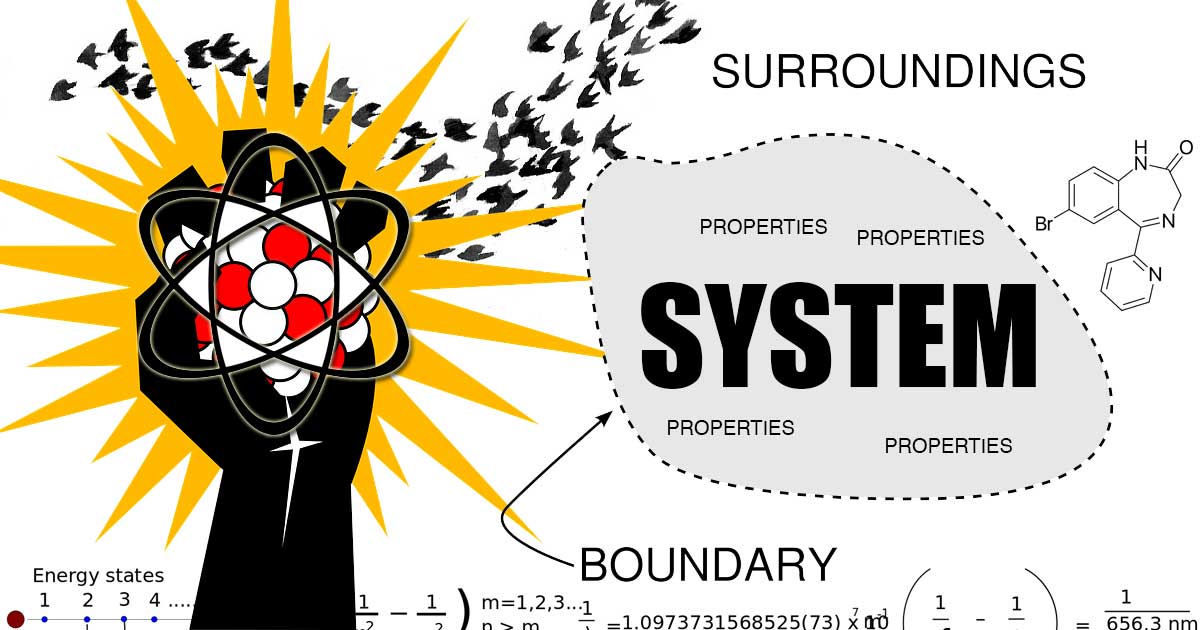A System is a Set of Properties

A system is any “bound”, finite, set of physical and/or conceptual properties (elements) such as physical objects, rules, or space time coordinates.
A broad category referring to the study of the physical universe including nature and biology.

A system is any “bound”, finite, set of physical and/or conceptual properties (elements) such as physical objects, rules, or space time coordinates.

The standard model of particle physics shows how the elementary particles interact via the four forces to create the physical universe.

Conway’s Game of Life is a simple rule-set that models the evolution of systems. It’s a “zero-player” computer program that demonstrates “cellular automata”.

All mushrooms are fungi, but not all fungi are mushrooms. Mushrooms are the fruiting body of fungi that typically grow above ground.

A truffle can generally be considered a type of mushroom under a definition that considers any spore bearing fruiting body of a fungi a mushroom.

Everything we perceive depends on our frame of reference. What we observe is relative to our point of view. In other words, “it is all a matter of perspective”.

Botanically speaking, most of the “nuts” we eat are actually fruit seeds (most culinary nuts are not botanical nuts).

Gravity is the result of the curvature of spacetime by matter. Non-symmetric acceleration of matter produces gravitational waves that ripple across the universe at light speed.

The “Dark Side” of the moon is not actually dark. Every month, it gets two weeks of sunlight and two weeks of darkness, just like the rest of the moon.

There are four fundamental forces (interactions) in the universe: gravitational, electromagnetic, strong nuclear, and weak nuclear.